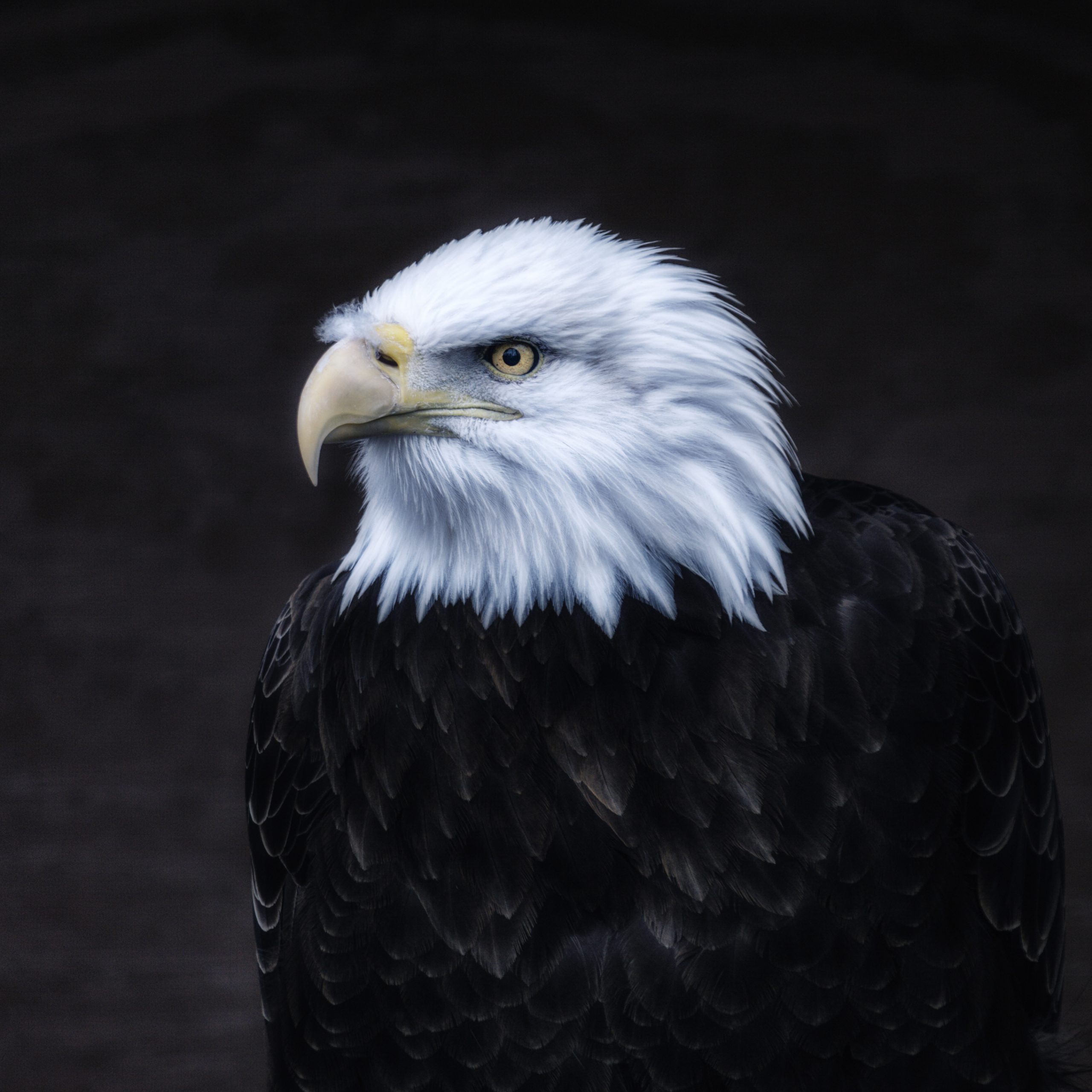When a land dispute occurs, pundits and media take to the airwaves to provide their views and opinions of what’s going on. They use words like protesters, radicals, or rogue chiefs or claim its just a few dissidents who have no support. In other words, the media is unreliable because most don’t know the history of First Peoples and Nations and value sensational stories over in-depth journalism.
All First Peoples and Nations have Creation stories that place them in their ancestral lands and provides them the responsibility for Creation. In fact, all peoples were provided their ancestral lands and their responsibilities.
In the ongoing war for public opinion, the following ten lies are what Canada uses to sway the general public who are unaware of the relationship of Indigenous Peoples and the state of Canada. Many Canadian citizens know these are untruths and support Indigenous peoples, especially surrounding clean water and other environmental issues.
- First Peoples and Nations joined confederation and became subjects of Canada
All peoples who joined Confederation were provided with lands resources and certain areas of jurisdiction. First Peoples and Nations never negotiated their way into Confederation, there are no existing documents or agreements to prove this.
- Canada owns underlying title to all lands
Canada knows they don’t own title to lands, or they would not be trying to get Indigenous peoples to consent to give up their land title in exchange for money. Unless there is explicit consent, land remain as Indigenous lands and Canada has no jurisdiction in these areas.
- That Canada has sovereignty over Indigenous peoples
The United Nations explicitly states that Indigenous
peoples must have, of their own free will, denounced their sovereignty attributes.
This has not happened so First Peoples and Nations continue to have their
jurisdictions and responsibilities intact.
- Treaties are not international agreements
Treaties concluded with European powers or their successors are international treaties of peace and friendship, created for the purpose of coexistence rather than submission to the overall jurisdiction of colonial governments. The relationship between First Nations and the Crown in Right of Canada has been and must continue to be governed by international law, of which treaties are a part.
- That the Canadian Courts are fair and unbiased when deciding on Indigenous matters
Canadian courts uphold Canadian laws only. They have purposely chosen not to understand the depth of the First Peoples and Nations relationship with the Crown. The Court interferes in the political relationship and the Federal and Provincial governments rely on them to be the hammer when they unable to manage the relationship.
- That Indigenous peoples do not have consent
Consent is not something hatched after UNDRIP, but has been a mainstay of Indigenous relations prior to contact and Indigenous-settler relationship post-contact. The Treaty of Niagara, 1764 explicitly acknowledges First Peoples and Nations consent over their lands.
- That Indigenous peoples get government handouts
We have heard from many Canadian organizations and political parties over the years that Indigenous peoples live off the Canadian taxpayer. Nothing could be farther from the truth. Lands and resources stolen from First Peoples and Nations will pay for any programs or services delivered by government in perpetuity.
- That Indigenous peoples have no right to defend their lands and peoples
Although Canada has created legislation which states that First Peoples and Nations can’t defend ourselves and will branded terrorists if we do, we have a right to self-defence. The right to self-defence, including the right to combat terror, is a cornerstone of international law, enshrined in the UN Charter (Article 51) and numerous Security Council Resolutions.
- That Canada can pass legislation on inherent rights that bind Indigenous Peoples
Canada cannot pass legislation on inherent rights. They are trying persuade the Canadian public otherwise, but when they use sec. 35 to pass legislation (i.e. Bill C -92 on Indigenous Child Welfare) it will become subject to Canadian sovereignty and federalism. We see federalism at play with Quebec challenging the constitutionality for Canada to pass legislation specially set aside for provincial jurisdiction.
Canada can and should pass legislation on their own responsibilities they undertook in Treaty relations. Where no treaty exists, First Peoples Nations can negotiate their own terms.
- That
traditional governments have no authority
Traditional governments have always maintained authority in our communities, prior to and after contact. They still exist in many communities. In the creation of Canada, 1867 Canadian politicians deliberately and wilfully chose to assimilate First Peoples and Nations rather than support the Treaty relationship. Then came to darkest period in Canadian history with the Indian Act replacing the traditional governing systems with Chiefs and Councils. The enfranchisement of women and attempts to kill the Indian in the child (Residential School) led to the destruction of many traditional government clans/families.
Land disputes are not about pipelines or natural resource extraction, but rather, about land ownership and consent to determine what happens on those lands (jurisdiction).
Canada has had many opportunities to do the right thing but was unable to find the political will to create positive change. They now have the opportunity to deal with the truth about the lands they reside on. If they can accept that responsibility, they can finally come to the table to find honourable solutions for generations to come.
Deputy Grand Chief Gordon Peters
Association of Iroquois and Allied Indians
February 18th, 2020

